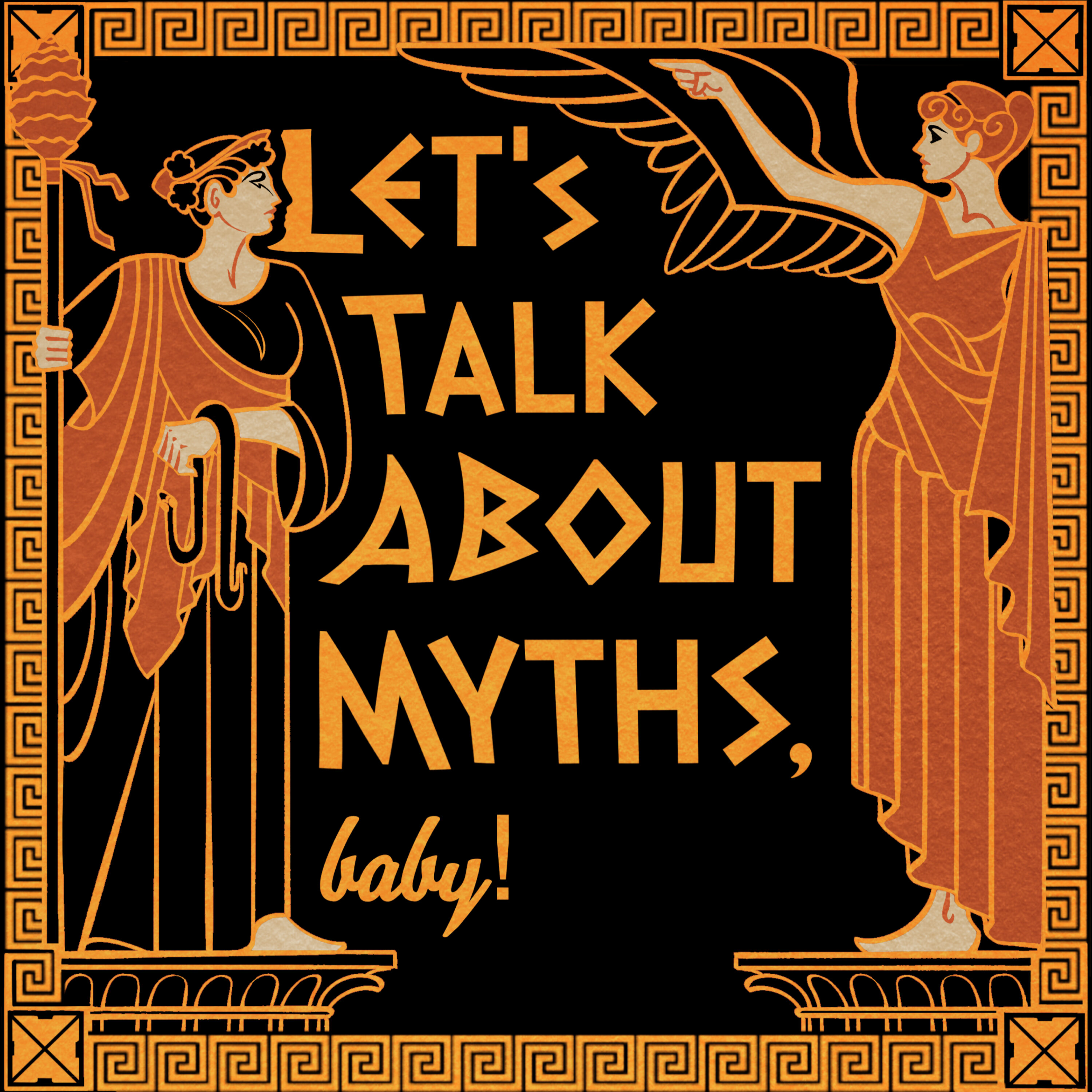
RE-AIR: Conversations: Beware of the Splash Zone! Gladiators in the Greek World w/ Alexandra Sills

Let's Talk About Myths, Baby! Greek & Roman Mythology Retold
Deep Dive
Why were there fewer amphitheaters in the Greek world compared to the Western Roman Empire?
There were fewer amphitheaters in the Greek world because they adapted existing Greek theaters and stadiums for gladiatorial games. This was likely due to a cultural desire to integrate Roman spectacle into traditional Greek spaces, rather than a lack of interest or resources.
Why did Greek gladiators choose mythological names for themselves?
Greek gladiators chose names from Greek mythology and epic tales, such as Achilles, Heracles, and Jason, to connect their profession with the heroic and legendary battles that were deeply embedded in Greek culture and education.
Why did Greek gladiators and their audience view gladiatorial combat differently from their Roman counterparts?
Greek gladiators and their audience viewed gladiatorial combat with more pride and respect. Unlike the Roman infamia, where gladiators were social outcasts, Greek gladiators often boasted about their achievements and were spoken of as warriors of Ares and heroes, reflecting a cultural appreciation for competition and skill.
Why did Greek cities adapt their theaters and stadiums for gladiatorial games?
Greek cities adapted their theaters and stadiums for gladiatorial games to create a blend of Roman spectacle with traditional Greek settings. This adaptation allowed them to maintain their Greek cultural identity while embracing the entertainment and athletic competitions of the Roman era.
Why did the Greeks prefer to hold gladiatorial games in theaters and stadiums instead of building dedicated amphitheaters?
The Greeks preferred to hold gladiatorial games in theaters and stadiums because these venues were already culturally significant and multi-purpose. By adapting them, the Greeks could integrate Roman spectacle into their existing architectural and cultural landscape, maintaining a sense of Greekness.
Why is there a lack of detailed academic discussion about gladiatorial adaptations in Greek theaters and stadiums?
There is a lack of detailed academic discussion about gladiatorial adaptations in Greek theaters and stadiums because many archaeologists and historians are reluctant to acknowledge the violent history of these venues, especially those that hosted great tragedies. This reluctance has led to a limited publication of relevant evidence.
Why did Antiochus IV put on a gladiatorial show in 166 BCE, and how did it differ from Roman shows?
Antiochus IV put on a gladiatorial show in 166 BCE after seeing gladiatorial games in Rome. He aimed to impress the Greek East by making the show even larger and more extravagant than any seen in Rome at that time, with 240 pairs of gladiators.
Why are female gladiators so rarely mentioned in historical sources?
Female gladiators are rarely mentioned in historical sources because their participation was likely very rare and often forced, such as in Nero's games. Most mentions are from satires or brief references, and there is limited concrete evidence of professionally trained female gladiators.
Why did the Greeks continue to perform traditional plays in theaters that were adapted for gladiatorial games?
The Greeks continued to perform traditional plays in theaters adapted for gladiatorial games because these venues were multi-purpose. The adaptations were often temporary, allowing the theaters to serve both as venues for drama and for spectacle, reflecting the Greeks' cultural adaptability and their love for both intellectual and violent entertainment.
- Significant fewer amphitheaters in the East compared to the West.
- The assumption that the Greeks were uninterested in gladiatorial games is incorrect.
- Existing buildings were adapted for gladiatorial shows instead of constructing new amphitheaters.
Shownotes Transcript
This episode originally aired in September 2023. Liv speaks with Alexandra Sills who studies spectacle! and, specifically: when Gladiators went to Greece... They talk mythologizing gladiatorial games, adapting things (splash zone!) and even, the evidence for women fighting in games. Read more from Alexandra at Bad Ancient) and Working Classicists). Help keep LTAMB going by subscribing to Liv's Patreon for bonus content!)
CW/TW: far too many Greek myths involve assault. Given it's fiction, and typically involves gods and/or monsters, I'm not as deferential as I would be were I referencing the real thing.
Attributions and licensing information for music used in the podcast can be found here: mythsbaby.com/sources-attributions).
See omnystudio.com/listener) for privacy information.